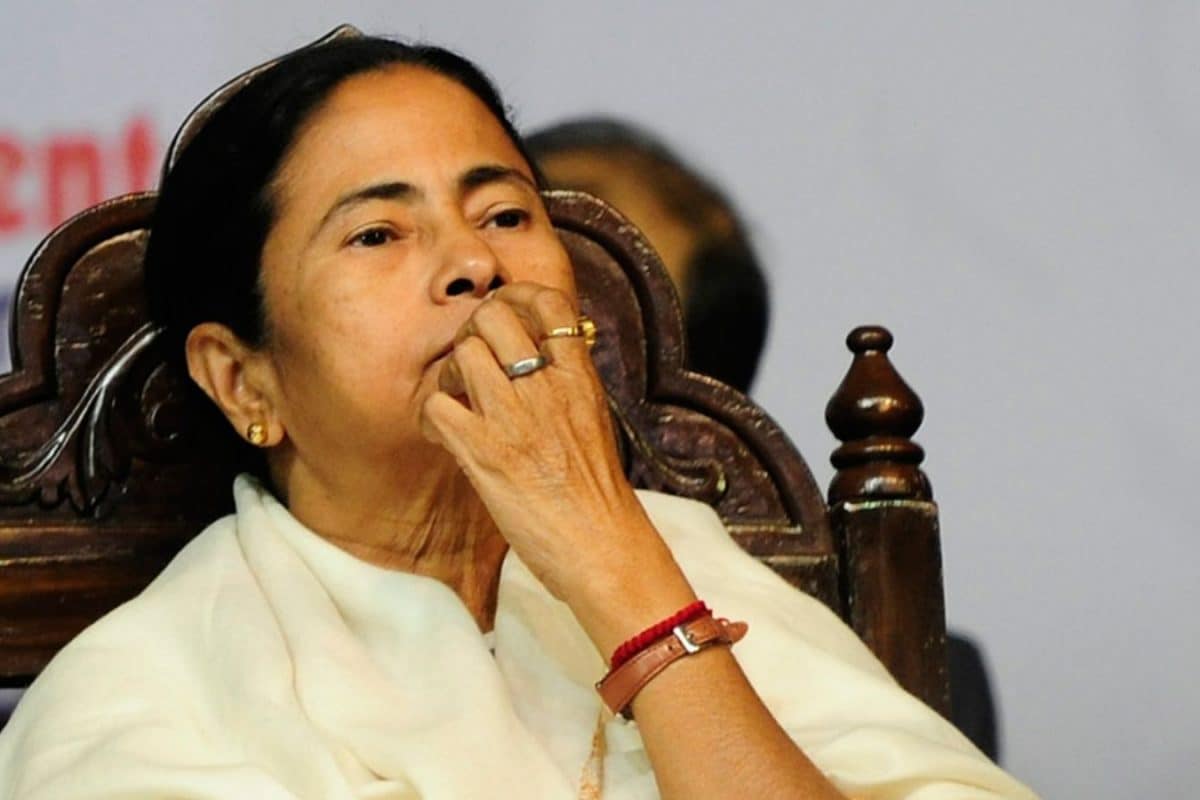What do you do your vote bank turns rogue and becomes uncontrollable? Will CM Mamata Banerjee be able to control the situation if things go from bad to worse or will the Centre have to intervene, leaving her with little mass sympathy? Some events feel predictable, almost inevitable, as if they are written in advance, like it was almost pre-determined. Bengal’s destiny now seems to be heading down that very path. Mamata Banerjee and the Trinamool Congress’s (TMC) open appeasement politics had paid enough dividends in the past, but the anti-Waqf Amendment Bill protest that is picking up speed and furore, and which for a moment seemed a good ploy with its perfect timing to take the attention off the 26,000 teacher’s recruitment scam pressure now looming over the TMC government, might boomerang in a way that the TMC had never envisaged.
Hindu-Muslim riots in Bengal have a long and complex past, rooted in both colonial-era tensions and post-independence political dynamics. The list is long, beginning in 1946 with the Great Calcutta Killings, then the Noakhali riots in 1947 followed by the Calcutta Riots of 1964. 1992 saw the Babri Masjid Riots and then in 2007, there were riots in Deganga.

That was not all. 2013 saw the Canning riots and 2017, the Baduria-Basirhat riots. More recently, 2021-2023 experienced the post-Election and Ram Navami clashes.
This fact must be remembered by every administration in West Bengal – that Bengal can react in a jiffy and it is best to be cautious and keep peace among Hindus and Muslims. Politics has its peculiar downside. It makes popular leaders forget many things; that power is not permanent and that popularity comes with a shelf life.
Most importantly, the tides could turn anytime. The after-effects of divisive politics prove themselves with time. What do you do your vote bank turns rogue and becomes uncontrollable? Is that what is beginning to pan out in Bengal now? Will CM Mamata Banerjee be able to control the situation if things get from bad to worse or will the Centre have to intervene, leaving her with little mass sympathy? The first victims of the current unrest in Bengal were Hari Gobind Das and Chandan Das, a father-son duo, who were hacked to death in Murshidabad in communal violence, targeting the Hindus.
The death of 17-year-old Izaz Ahmad Sheikh, from bullet injuries from police firing in Samserganj area, is just as sad. The volatile and sensitive areas of Malda, South 24 Parganas and Hoogly districts reacted with violence and vandalism. Banerjee cannot absolve herself of blame.
To appease the Muslims of Bengal and delight them with her on-stage dialogues, all aimed to win Muslim hearts, Banerjee had assured the people that she will not allow the implementation of the Waqf Amendment Act. She expressed her opposition and people joined her in their opposition. Then when as mobs started to run amok, she tweeted that riots should not be incited for the sake of politics.
Who incited the riots? What route will the violence take and how far and wide will it spread? That it will spread is a certainty and that Bengal will bleed again, goes without saying. “Didi is here and she will protect your property," she said from a platform, addressing the people of Bengal, particularly directing her words at the 33 per cent Muslim voters she relies upon, assuring them of their safety and the safeguarding of their properties, in the emerging violent environment. She is yet to come out with any statement to assure the 70 per cent Hindus in the state, of her administration’s assurance to keep the Hindu lives and property safe.
This is the price of appeasement politics. Even if she sees the dangers of her current silence regarding the Hindus, and the risk she is taking by upsetting her Hindu supporters, all Banerjee can do is, remain silent for fear that any sound indicating empathy towards the Hindus at this moment, will cost her dearly. She has enough on her platter and she will not risk any dangers now.
Let the Hindus be, she will say. A politician’s weakness becomes evident when rogues are allowed to roar. Siddiqullah Chowdhury, a man who has taken an oath on the Constitution and is a Cabinet Minister and President of Jamiat Ulema-e-Hind, recently addressed a largely Muslim gathering, priding himself for having the capacity to organise a gathering of 50 groups comprising of 2,000 persons each at 50 different places.
By doing so, he could easily create a jam by first tightening the districts and then bringing to a standstill the city of Kolkata. What is even worse is that he mentioned publicly that he had Banerjee’s support for this. The timing for such communal violence is ill-timed.
The extent that it can go to is unknown, however, the effect such a situation can have in Bengal is predictable. If the Hindus suffer deaths and destruction under an administration that allows its minority Muslim population to have a free hand at attacking the majority community, then she has inadvertently served the BJP by mobilising the Hindus into believing in the old adage, ‘Together we stand tall, separately we shall fall’. If Bengal continues to burn, and Hindus continue to feel fearful, then the BJP can finally expect the Hindu votes support it has been seeking.
The Muslims who see the value in the Waqf amendment act and who have understood the politics of it all might now become the BJP’s new fans. This might just be a case of good coming out of bad for the BJP. In case the situation worsens, with further unrest and ravage, it will further expose the failure of the TMC administration.
Then, the people’s mandate will no longer be guesswork. Alongside this, will be the challenge of the dismissed teachers and the vacant positions at state-run schools. The coming days will be influenced by political dynamics, communal tensions, and the state’s administrative responses as Banerjee now finds herself caught between a rock and a hard place.
Her ministers say whatever they wish and her police allow the homes and shops of Hindus to be vandalised, burnt and destroyed. The Muslims now believe that they have her, exactly where they want her to be – under their control. Bengal has realised that as far as the Muslims are concerned, she was their master and now, they seem to have become her lord.
There are two types of politicians, the first are statesman-like and the other, become mere leaders. A statesman leads as if he or she owns the people and feels wholly responsible for their safety, welfare and comforts without any discrimination towards anyone, while a leader will only stand by his or her supporters because power is more important than people. Mamata sadly, has failed to become a stalwart in that sense.
The rest of India will watch the developments in West Bengal keenly while the people of Bengal remain spectators..
Politics

Opinion | Violence In Bengal: Is It The Beginning Of The End For TMC?

What do you do your vote bank turns rogue and becomes uncontrollable? Will CM Mamata Banerjee be able to control the situation if things go from bad to worse or will the Centre have to intervene, leaving her with little mass sympathy?















